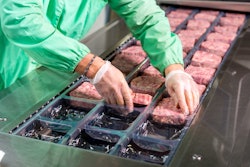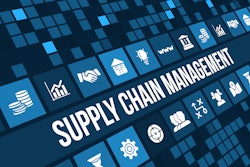
In my column in Food Logistics’ Nov/Dec 2020 issue, I dubbed the year 2020 as the Year of Upended Supply Chains. Then, a year later, I dubbed 2021 as the Year of Mended Supply Chains.
But, while supply chains started to heal, the damage was done, marking 2022 as the State of Grim Supply Chains.
When I started writing this column, it was before the Israel-Hamas attacks. I spent an entire week trying to sum up this year’s occurrences. From inflation, inventory shortages and limited warehouse capacity to geopolitical conflicts, catastrophic weather events and a rise in cargo theft, the ripple effect that is a supply chain disruption can be felt far and wide and for quite some time. But none of it was interconnected. Every disruption or bottleneck was different.
Then the Israel-Hamas War began. And, it became personal.
So, instead of reflecting on what the year was, I started looking ahead to what 2024 could become.
While 2023 may be the Year of Bottlenecks, I’m hoping 2024 resembles that of the Year of the Rabbit. According to Chinese culture, the Rabbit is a symbol of longevity, peace and prosperity.
In fact, the bellwether curve predictions show a year of hope ahead. A year of progress. A future where supply chains pivot and prosper.
While the strengthening of El Niño will play a significant role in the weather across the United States throughout the entire winter season, according to AccuWeather, this winter is not expected to be a repeat of last year.
Feelings of optimism continue around the U.S. economy as indicated by the University of Michigan’s consumer confidence measure reading it at 68.1 in September – up 16.2% from this time a year ago.
California’s new regulations come Jan. 1 could present new opportunities in the field of electrification and autonomous vehicles.
A study released by professor and researcher Dr. C. John Langley of Penn State University, along with NTT DATA and Penske Logistics show improved partnerships with third-party logistics (3PL) providers.
The drayage industry is poised to grow from $6.1 billion in 2022 to $8.3 billion by 2027, according to new data from PortPro.
The beauty of bottlenecks is that it’s temporary; what was once stuck or limited in movement can be unstuck and in motion.
Here’s to a Year of Longevity, Peace and Prosperity. Here’s to a Year of Rebuilding Supply Chains and Embracing New Relationships. Here’s to Hope.



















